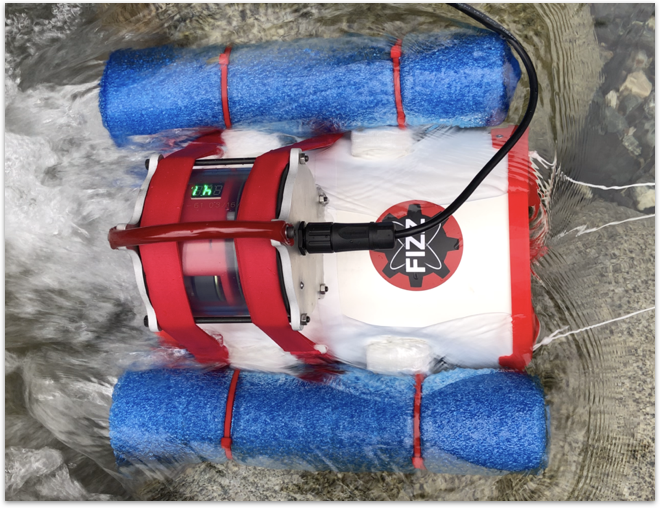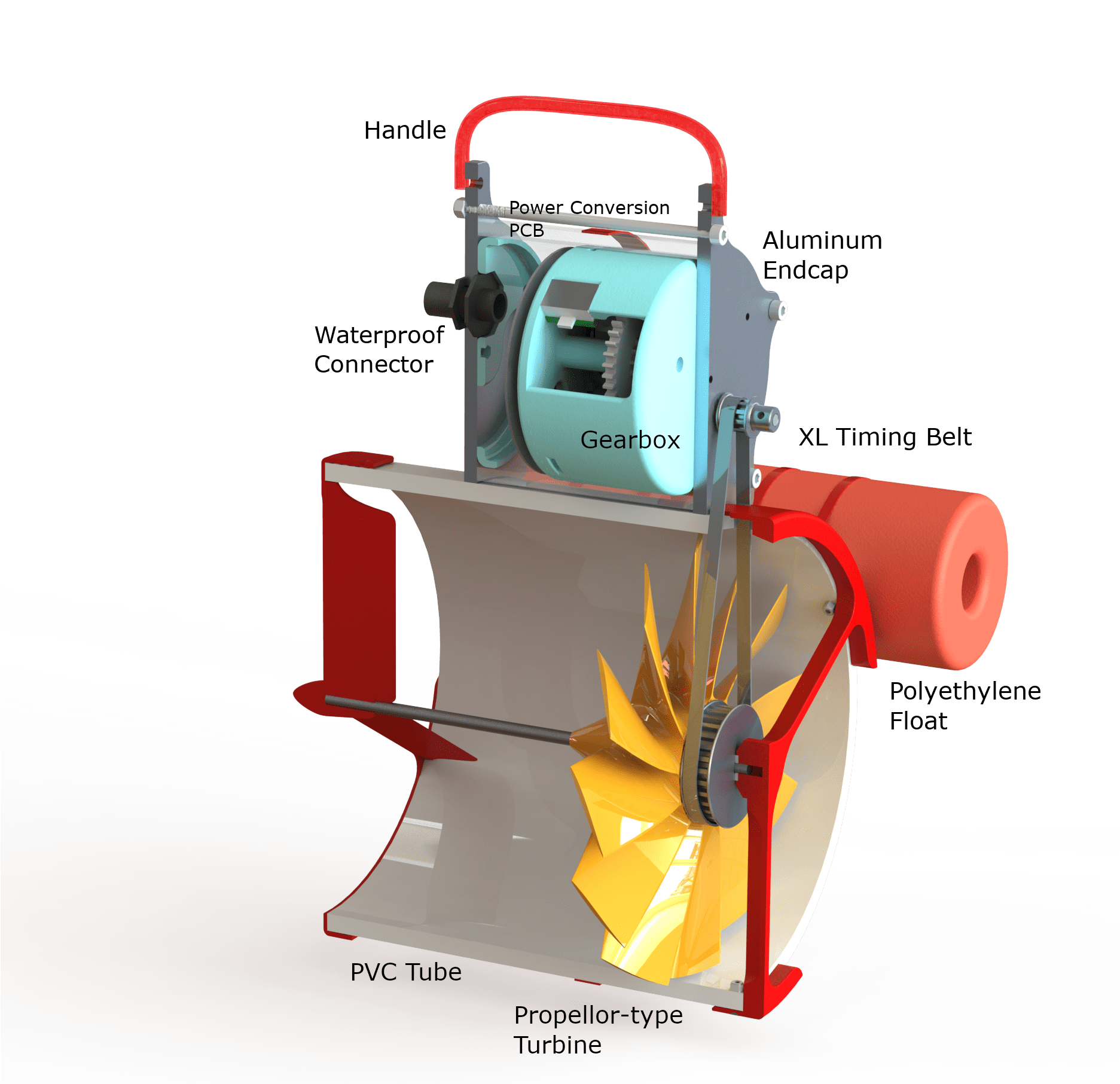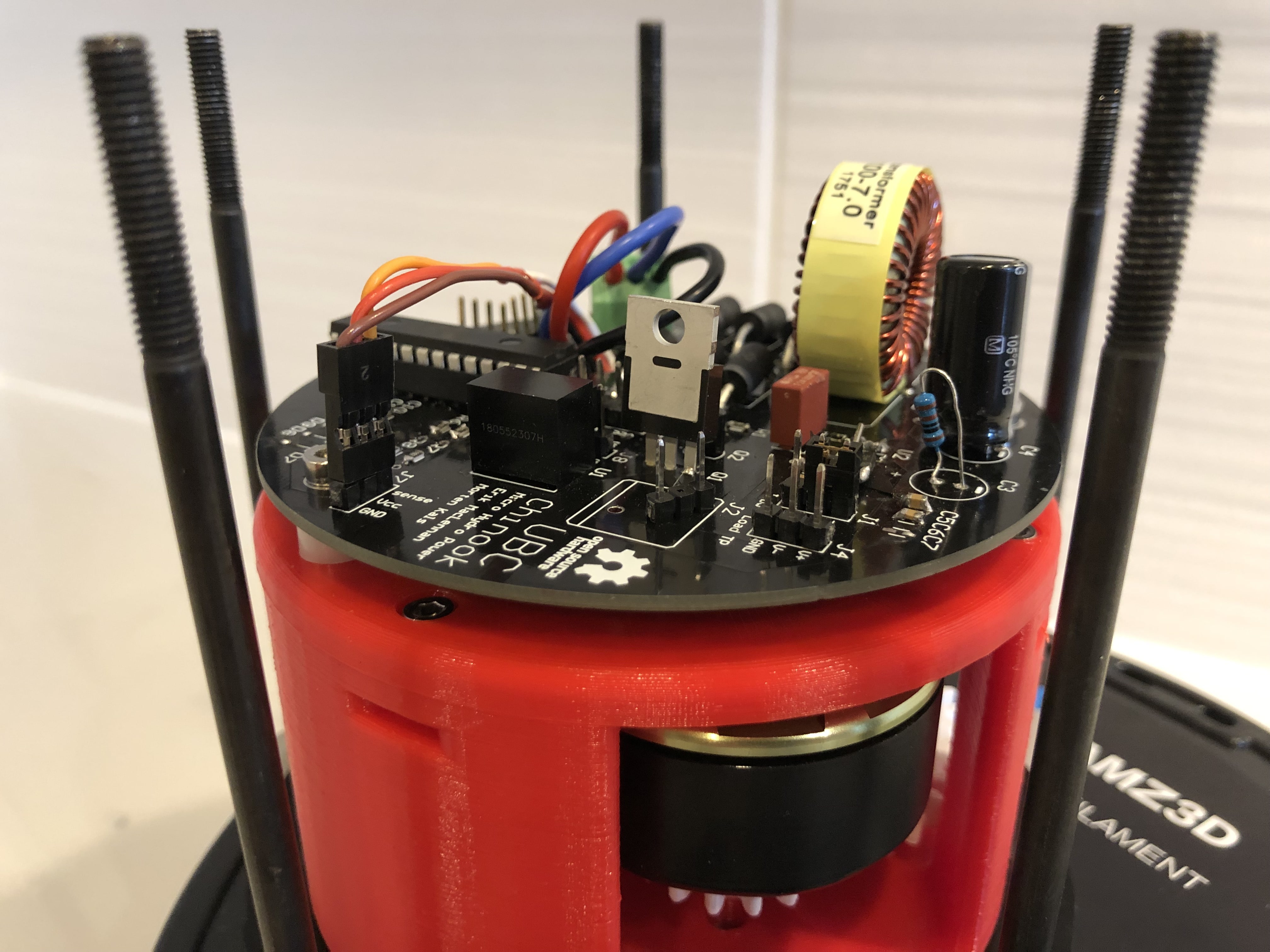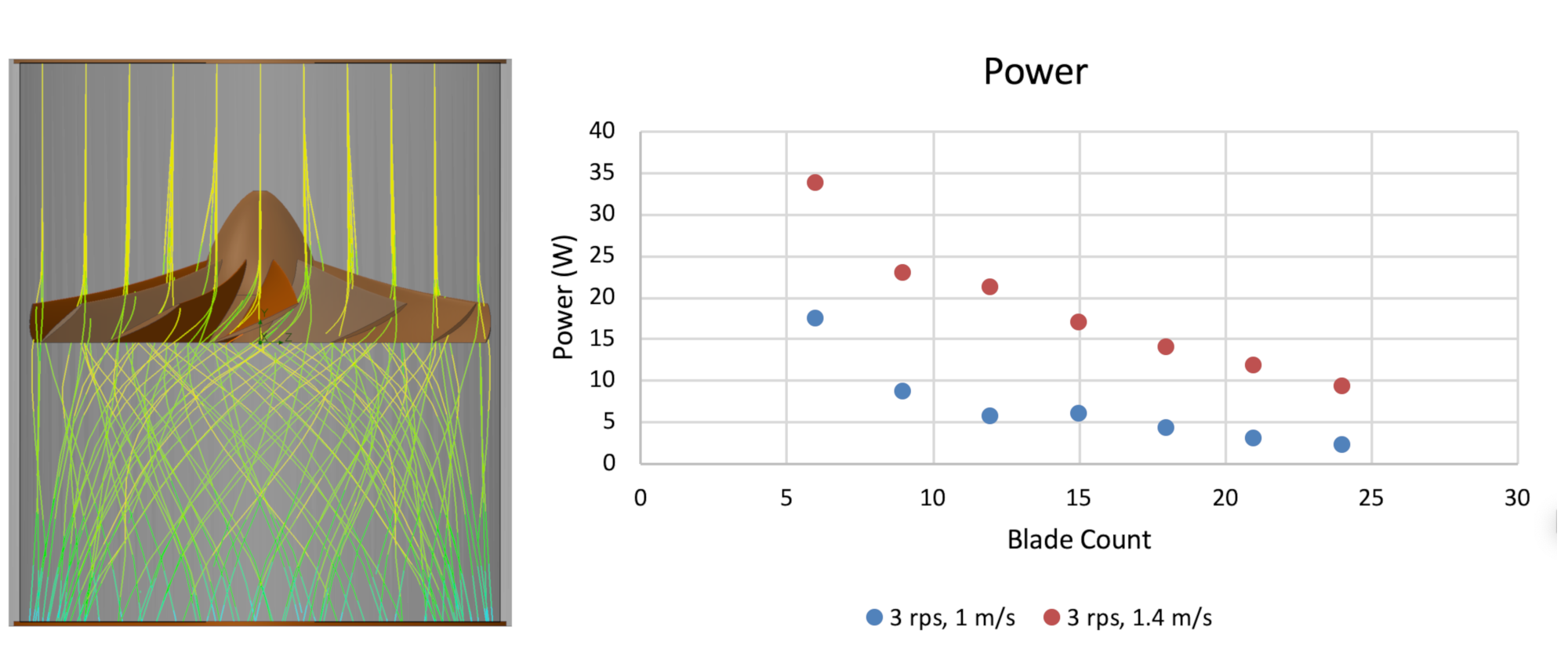The project's sponsor, Dr. Mark S. Johnson, is a professor at UBC within both the Department of Earth, Ocean and Atmospheric Sciences, and the Institute for Resources, Environment and Sustainability. His research group studies the impact that water plays on ecosystems in British Columbia and beyond, with the overarching goal being to use their research to inform more sustainable land use practices. Most of the group's research endeavours, require sensor systems in remote locations. Dr. Johnson's interest in the development of this project stems from this requirement, as energy generation at the testing location allows for longer testing periods without maintenance.





